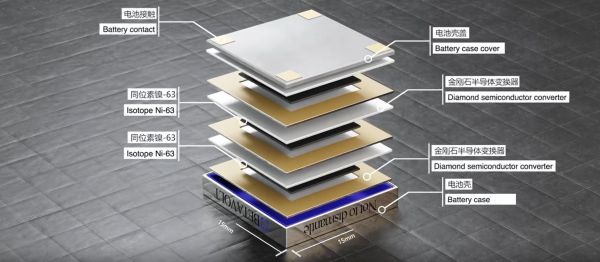These days just about any battery storage solution connected to PV solar or similar uses LiFePO4 (LFP) batteries. The reason for this is obvious: they have a very practical charge and discharge curve that chargers and inverters love, along with a great round trip efficiency. Meanwhile some are claiming that sodium-ion (Na+) batteries would be even better, but this is not borne out by the evidence, with [Will Prowse] testing and tearing down an Na+ battery to prove the point.

The Hysincere brand battery that [Will] has on the test bench claims a nominal voltage of 12 V and a 100 Ah capacity, which all appears to be in place based on the cells found inside. The lower nominal voltage compared to LFP’s 12.8 V is only part of the picture, as can be seen in the OCV curve. Virtually all of LFP’s useful capacity is found in a very narrow voltage band, with only significant excursions when reaching around >98% or <10% of state of charge.
What this means is that with existing chargers and inverters, there is a whole chunk of the Na+ discharge curve that’s impossible to use, and chargers will refuse to charge Na+ batteries that are technically still healthy due to the low cell voltage. In numbers, this means that [Will] got a capacity of 82 Ah out of this particular 100 Ah battery, despite the battery costing twice that of a comparable LFP one.
Yet even after correcting for that, the internal resistance of these Na+ batteries appears to be significantly higher, giving a round trip efficiency of 60 – 92%, which is a far cry from the 95% to 99% of LFP. Until things change here, [Will] doesn’t see much of a future for Na+ beyond perhaps grid-level storage and as a starter battery for very cold climates.
Continue reading “Why Sodium-Ion Batteries Are Terrible For Solar Storage”

















